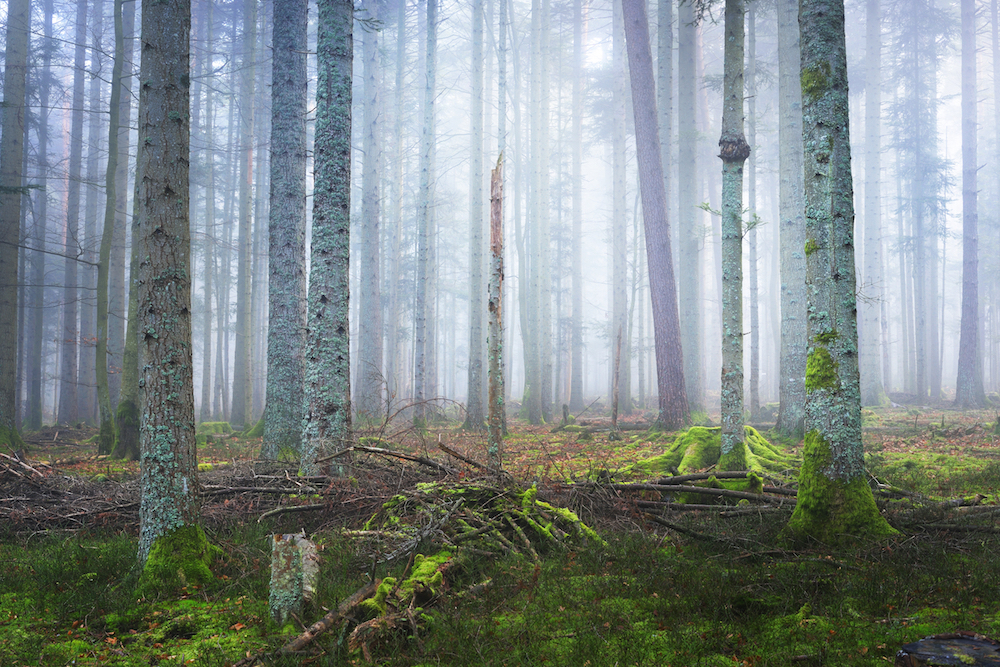Films July 10, 2017
Is it all just a myth?


The Aokigahara forest in Japan has been the source of much speculation, especially after the release of the hyped horror film “The Forest.”
Along with that hype though, has been a corresponding backlash. Many critics are blaming the film for sensationalizing tragedy and causing an increase in popularity for Aokigahara suicide forest tours.
Whatever may be the case, it is important to understand the context behind such a tragic circumstance — even if the result is just as eerie.
The Aokigahara forest lies at the Northwest base of Mount Fuji, about two hours from Tokyo. It is about 14 square miles of dense forest. The film crew of the forest was not permitted to film here by the government, so they used a forest in Serbia in its place.
The estimates are about one hundred people per year. However, there is a margin of error for this statistic. The forest is so dense that some of the bodies are never found, or they decompose before they can be located.
Although there is no reason that is unanimously agreed upon, many blame the novel “Kuroi Jukai” by Seicho Matsumocho for the mentality behind these suicides. In the novel, the protagonist responds to heartbreak by ending his life in the Aokigahara forest.
Wataru Tsurumi’s novel a “Complete Guide to Suicide” also claims the suicide forest as “the perfect place to die.” The second book is often found in the belongings of those who took their lives in the forest.
Patrols have been set up at every entrance and exit to the forest. Positive posters and thought-provoking messages have been posted around the area as well, just in case an individual is on the fence about taking their lives.
Azusa Hayano, a geologist who lives on the outskirts of the suicide forest, has made it his life’s work to save people from their untimely end. He has convinced countless to reconsider their decision, as well as heal the self-injured back to health.
So are the films inspired by this forest inherently immoral or greedy in their production? That answer is up to opinion.
But if you are curious as to how anyone could come to that decision, educate yourself to recognize the signs. Hayano the geologist is a certified everyday hero — but you can be one, too.